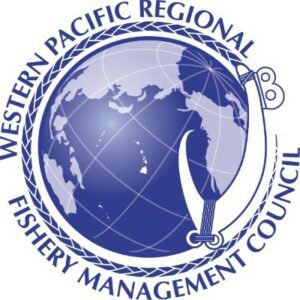
Commercial fisheries entities, including the Western Pacific Fishery Management Council (WPFMC) and Alaska’s Coastal Villages Region Fund are voicing new opposition to new marine sanctuaries, citing potential adverse impact to current commercial fisheries.
Testimony presented to the WPFMC in Honolulu in mid-September contends that the conservation plan for the new sanctuary is already satisfied by existing fishing regulations, the publication Seafood Source reported.
Rep. Paul Gosar, R- AZ, chair of the House Committee on Natural Resources Subcommittee on Oversight and Investigations, said that the marine protected sanctuaries plan was done without due consideration to negative consequences for the economy, environment and thousands of working Americans.
The Biden administration’s plan to establish a new marine monument in the Pacific Remote Islands, with authority from the National Marine Sanctuaries Act, drew criticism at the latest meeting of the Western Pacific Fishery Management Council, one of eight national regional fisheries councils providing management of commercial fisheries.
Advisors to the WPFMC told the council that objectives of the monument, including protection of nearshore coral reefs, are already covered under existing fishing regulations.
Rep. Aumua Amata Coleman Radewagen, who represents American Samoa, stated during the WPFMC’s recent meeting in Honolulu that the Biden administration has filed to consult with U.S. Pacific territories on its marine sanctuary plan.
American Samoa Gov. Lemanu Mauga also said that American Samoa is repeatedly left out of the conversation on what it best for its communities.
Mauga said in early September, during a NOAA workshop for the Pacific Remote Islands area on the proposed new sanctuary that this sanctuary could have a detrimental impact on American Samoa’s economy, potentially sinking the tuna industry and exacerbating the challenges face by exports from the territory.
“Without our local cannery, the cost of living for our residents would skyrocket,” he said.
Over 1,200 StarKist Samoa cannery workers have also signed a petition in opposition to the new sanctuary.
Ray Hilborn, a fisheries researcher at the University of Washington’s School of Aquatic and Fishery Sciences, noted that nearshore coral reefs are already protected, and the real threats are coming not from fishing, but from climate change.
Florence Kargi, regional affairs manager for Coastal Villages Region Fund in Alaska, testified that the proposed marine sanctuary in the Bering Sea is a threat to the Western Alaska Community Development Quota program, which relies on commercial fisheries revenue to support local economics in areas where there is extreme poverty.
The Alagum Kanuux Marine Sanctuary, which would be co-managed by the community of St. Paul, the nearby community of St. George and the federal government, was proposed by the Unangax Tribe.
Meanwhile, Lauren Divine, director of the Unangax Tribe’s ecosystem conservation office, said her community believes the sanctuary would increase tourism, attract more research dollars and give the tribe greater agency to manage local subsistence and commercial fisheries currently managed by NOAA and the state of Alaska.
